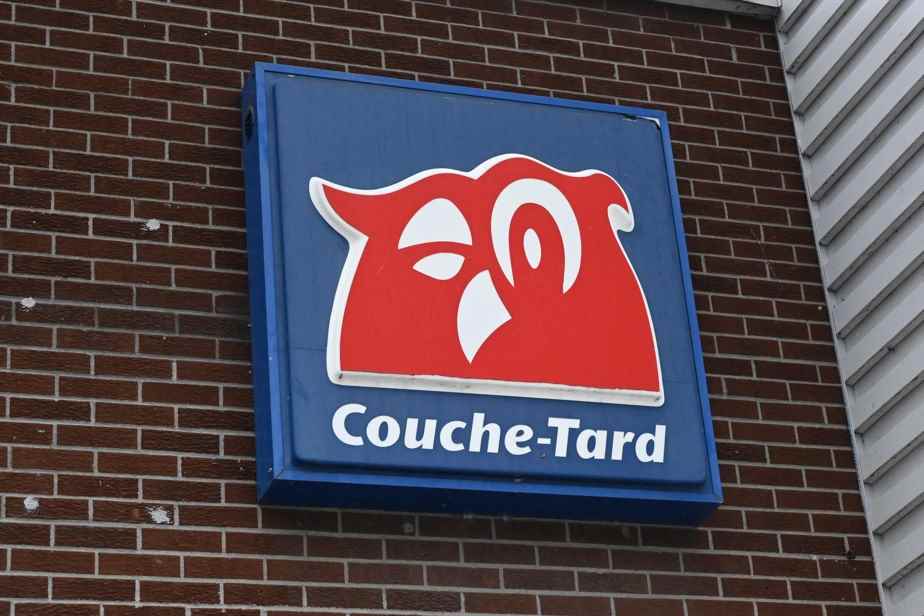(Laval) Alimentation Couche-Tard saw its profits climb 14.1% in the first quarter, supported by a 37.4% increase in total revenues, which allowed it to exceed analysts’ expectations.
Posted yesterday at 6:05 p.m.
The Laval-based convenience store chain reported Tuesday, after markets closed, that its most recent quarter net profit reached $872.4 million, or 85 cents per share, which compared to a net profit of $764 million. .4 million, or 71 cents per share, for the same period a year earlier.
Excluding one-time items, adjusted profit for the quarter ended July 18 was $875 million, down from $758 million a year ago.
Couche-Tard’s revenues, including fuel sales, totaled US$18.7 billion in the first quarter, up from US$13.6 billion a year earlier.
Analysts had expected earnings of 73 cents per share on revenue of $17.7 billion, according to forecasts compiled by financial data firm Refinitiv.
The company attributed the revenue increase primarily to higher average fuel selling prices, organic growth in merchandise and service sales and the contribution from acquisitions.
These elements were partially offset by a drop in demand for fuel and by the impact of the sale of sites following a strategic review of the Couche-Tard network, as well as a foreign exchange loss of 336 million related to the translation into US dollars of transactions in other currencies.
Highlighting in a press release the “consistent and historical” inflationary conditions, as well as the high fuel prices, the chief executive of Couche-Tard, Brian Hannasch, was satisfied with the results of the most recent quarter.
“During this time of inflation and high prices, we remain focused on delivering good and consistent value to our customers and maintaining our cost management discipline in our operations,” he said.
Merchandise sales at establishments open for at least a year rose 35% in the United States, 2.8% in Europe and other regions, but fell 1.3% in Canada.
As for fuel volumes, they decreased by 4% in the United States in establishments open for at least one year, while they fell by 3.7% in Europe and in the other regions. In Canada, these volumes increased by 0.4%.
